The Armenian presence in Jerusalem (Israel) dates back to the 4th century, when Armenia adopted Christianity as a national religion, and Armenian monks settled in Jerusalem. Armenians are Christians, but their church is formally independent of Greek Orthodox and Catholic churches. Among other things, this is probably why in Jerusalem there is a separate from the Christian, the Armenian Quarter. It is the smallest of quarters of the Old City. Historically, this district grew around the cathedral of Saint James.
Dating back to the 12th century, the time of the Crusades, the cathedral of Saint James is the major church in the Armenian Quarter of Jerusalem. It is believed that it stands on the spot where St. James the Great was beheaded in AD 44. Among the church’s relics, there is a reliquary containing his skull.
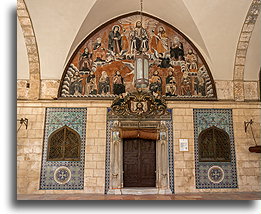
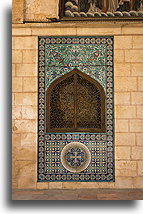
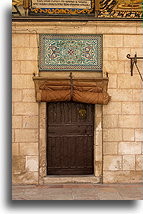
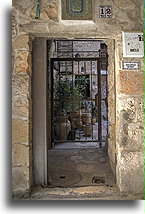
The monastery church of St. Mark’s, contains a stone inscription from the AD 73, testifying that this is an ancient site of the Last Supper of Jesus with His disciples. Most other Christians believe that the Last Supper location was in another location, the Cenacle in the David's Tomb Compound.
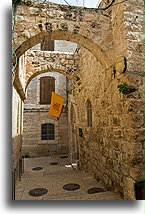
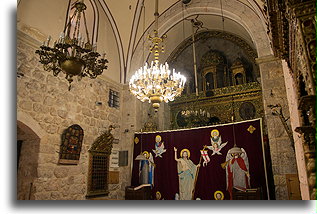
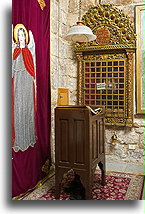
The monastery belongs to the Syriac (Syrian) Orthodox Church founded in the sixth century in Syria. The prayers here are conducted in the Aramaic language. The church has many relics in its collections. Among them, supposedly, you can find a piece of the Holy Cross on which Christ was crucified.




